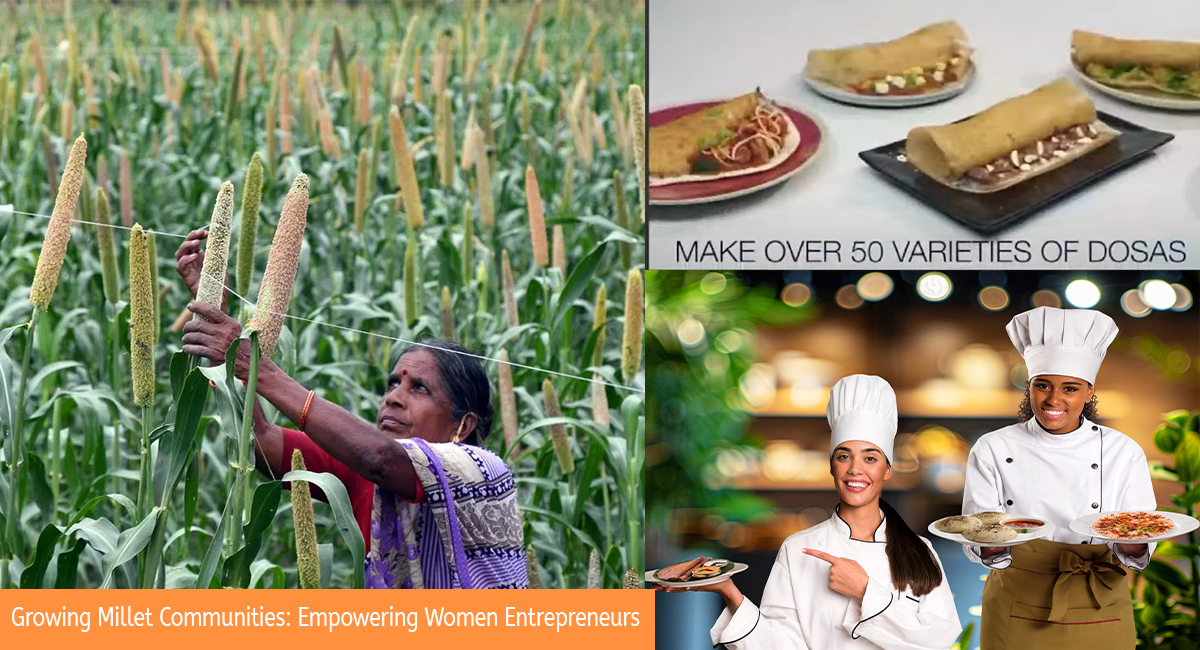
Empowering Women Entrepreneurs through Cluster-Based Millet Cultivation and Quick Service Restaurants
In the quest for sustainable agriculture and rural development, millet cultivation stands out as a beacon of hope. The concept of growing millet communities as clusters in various states is gaining momentum, with the aim of involving Farmer Producer Organizations (FPOs), processors, manufacturers, and all stakeholders in the millet value chain. This approach not only ensures the efficient production and processing of millets but also paves the way for economic empowerment, particularly for women entrepreneurs.
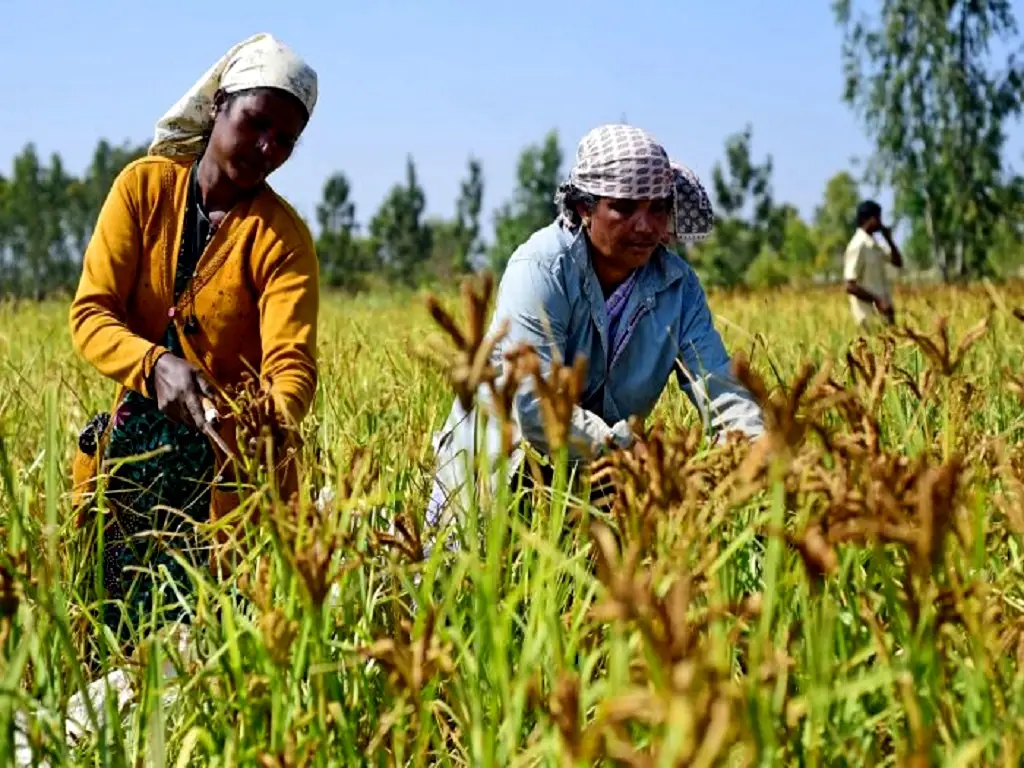
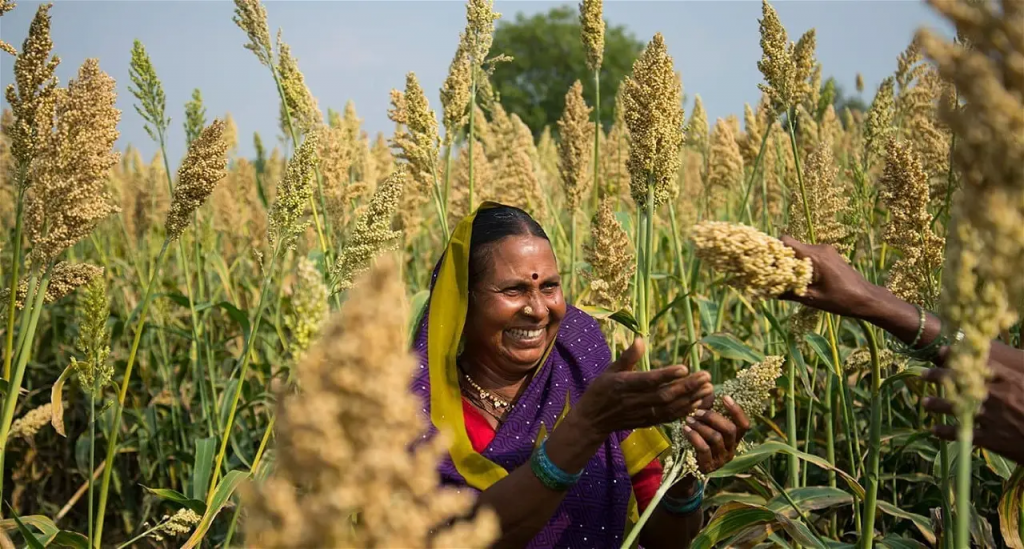
Image credits:krishi jagran
Building Millet Clusters: The Core of Sustainable Development
Creating millet clusters involves organizing farmers into FPOs and connecting them with processors and manufacturers. These clusters facilitate the collective procurement of inputs, access to advanced farming techniques, and better market linkages. By working together, farmers can achieve economies of scale, resulting in increased productivity and profitability.
AIMPA (Agro Innovators Millet Promotion Association) is at the forefront of this initiative. By fostering collaboration among stakeholders, AIMPA aims to build robust millet clusters across states, ensuring that regional produces are efficiently utilized.
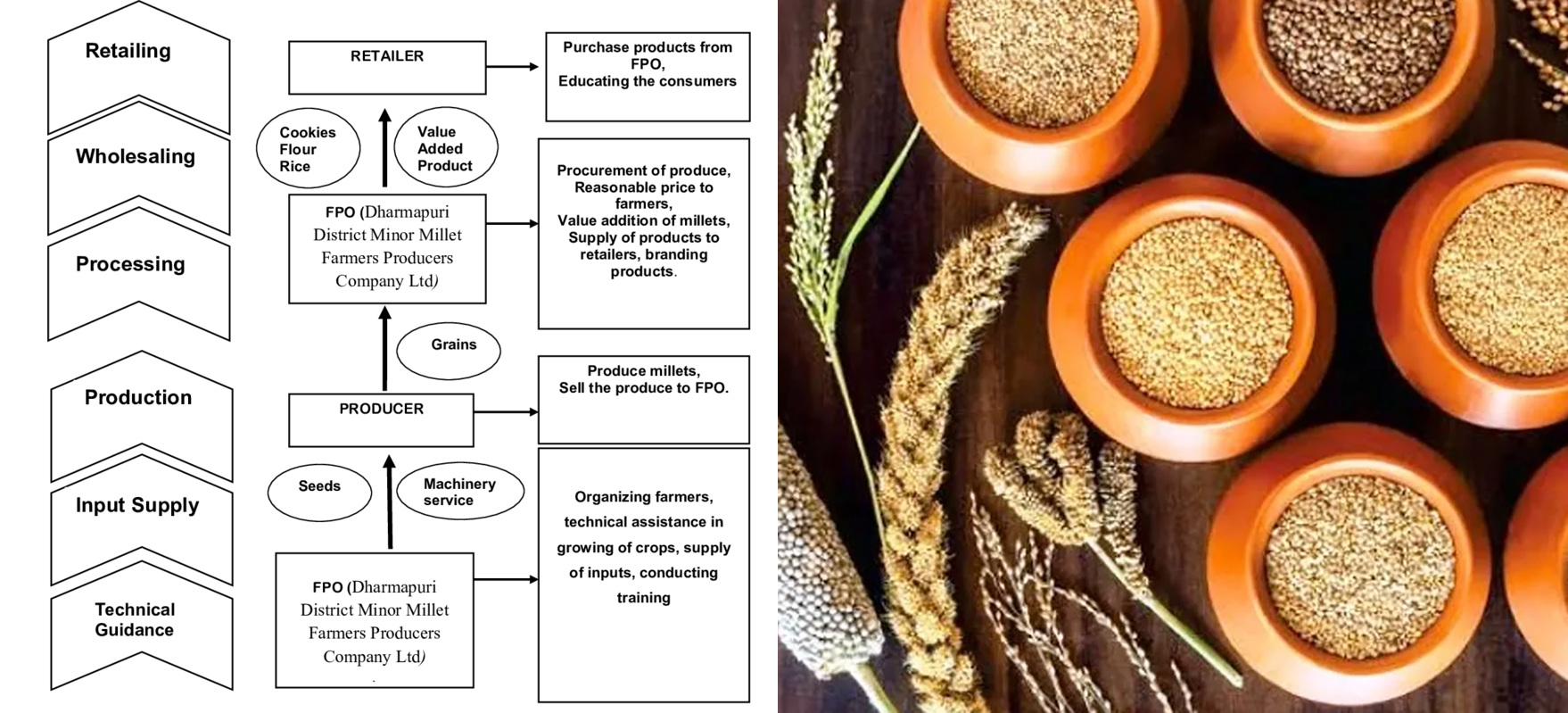
Image credits:ResearchGate Image credits:Daily Shipping Times
Quick Service Restaurants (QSRs): A Thriving Business Model
A crucial aspect of the millet cluster model is the promotion of Quick Service Restaurants (QSRs) as a prime business model. These QSRs, focusing on millet-based dishes, offer a unique opportunity to popularize millets among urban consumers while providing a steady income stream for rural producers. By incorporating regional millet varieties into their menus, QSRs can create a market for local produce, thus supporting the entire millet value chain.
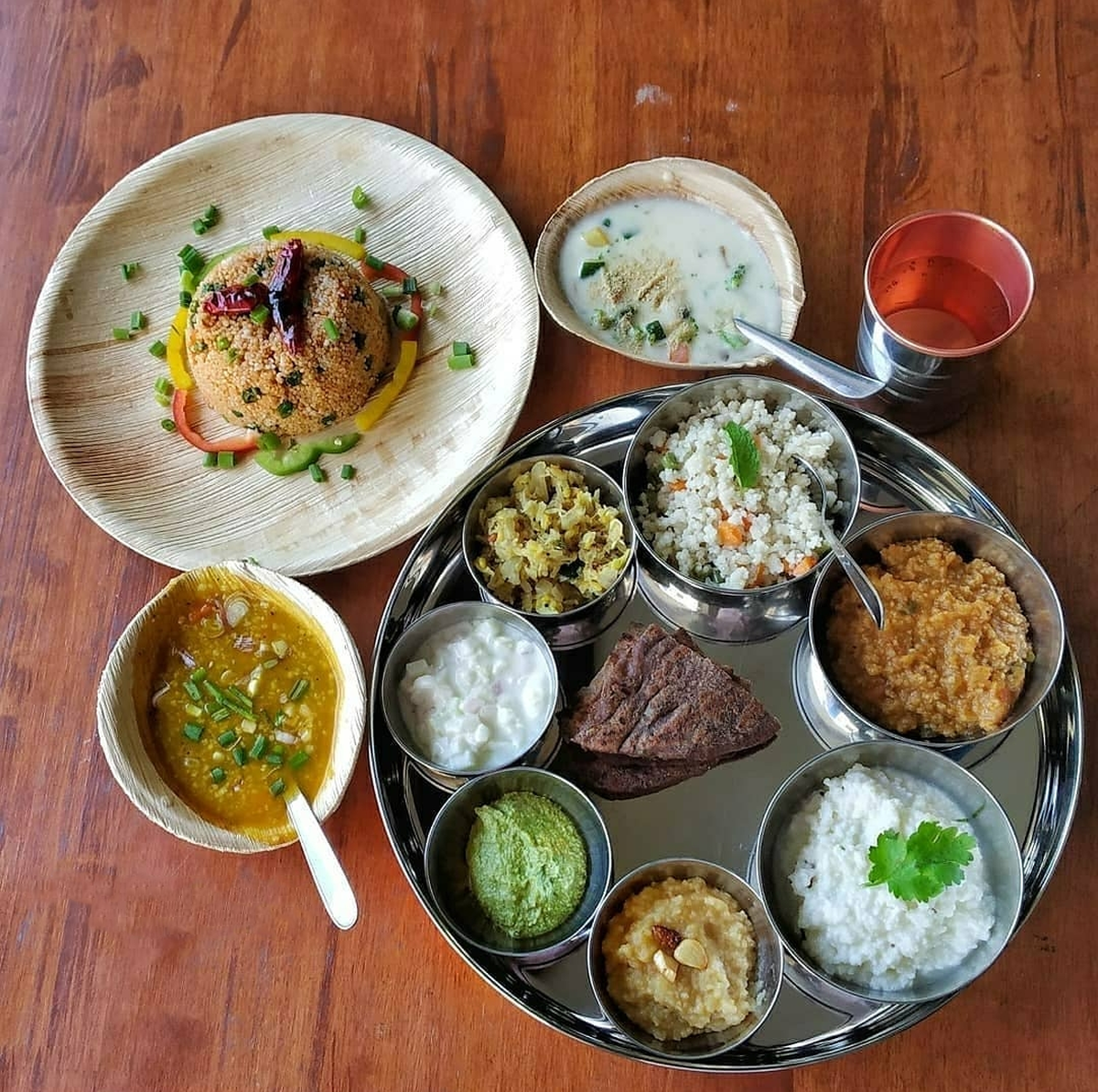
Image credits:The Hindu
Empowering Women Entrepreneurs
One of the most significant benefits of the millet cluster and QSR model is the potential to empower women entrepreneurs. By establishing and managing QSRs, women can gain financial independence and contribute to their household incomes. The recent budget’s proposal for Mudra loans of up to ₹20.0 lakhs for regular paymasters provides an excellent opportunity for women to access the necessary capital to start and grow their businesses.

AIMPA and DIC Chennai: A Strategic Partnership
AIMPA’s collaboration with the District Industries Centre (DIC), Chennai, marks a significant step towards realizing this vision. The MOU signed between AIMPA and DIC Chennai aims to provide technical and financial support to millet clusters and QSRs, ensuring their sustainability and success. This partnership will facilitate training programs, access to credit, and market linkages, further strengthening the millet value chain.

Conclusion
A Sustainable Future for Millet Communities
The concept of growing millet communities as clusters and promoting QSRs offers a sustainable pathway for rural development. By leveraging the strengths of FPOs, processors, manufacturers, and other stakeholders, this model can transform the millet value chain, making it more efficient and profitable.
With AIMPA’s leadership and the support of initiatives like Mudra loans and the DIC Chennai partnership, women entrepreneurs can drive this transformation, ensuring a sustainable and prosperous future for millet communities across India.
IS360 Can be Reached at
Sharing is caring!

